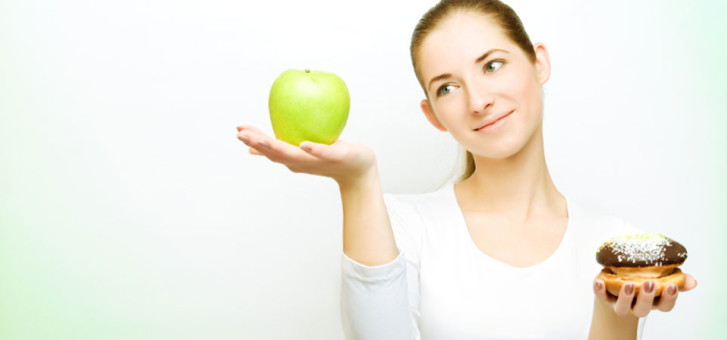Millions of overweight people around the world have above normal blood sugar levels, but few realise how dangerous this is. Even slightly raised levels of sugar in the blood have been linked with heart attacks, stroke, infertility, pregnancy problems and some forms of cancer.
Studies show that many people with this type of disturbance also go on to develop type 2 diabetes within 10 years.
What's the best medicine to get your blood sugar out of the danger zone?
Lose some weight (even a modest amount helps; for example, 5 per cent), move more each day and stick to a low-glycemic index (GI) eating plan. The latter can help you even if you can't manage the first two steps.
What is GI?
The glycemic index is a tool that ranks carbohydrate-containing foods according to how quickly they raise your blood sugar level.
Low-GI foods (55 or less) cause a gradual rise in your blood sugar and help you to more easily keep it within the desirable range.
High-GI foods (70 or greater) cause your sugar to soar and go on unhealthy excursions!
How can it help me?
Most people don't eat too many carbohydrates—they just eat the wrong type of carbohydrates. The GI tool helps you differentiate between bad and smart carbs. The whole family can benefit by including low-GI foods at every meal, each day.
7 easy low-GI food swaps*
1. Wholemeal bread (70) to pumpernickel bread (41–56).
2. Rice bubbles (87) to All Bran (34).
3. Jasmine rice (109) to pearl barley (27).
4. Instant oatmeal (82) to traditional rolled oats (57).
5. Mashed potato (71-83) to soft cooked lentils e.g. dahl (18–37).
6. Jelly beans (78) to dried apricots (31).
7. K-Time Just Right breakfast cereal bar (72) to strawberries (40).
Check the GI value of many foods by visiting <www.glycemicindex.com>.






